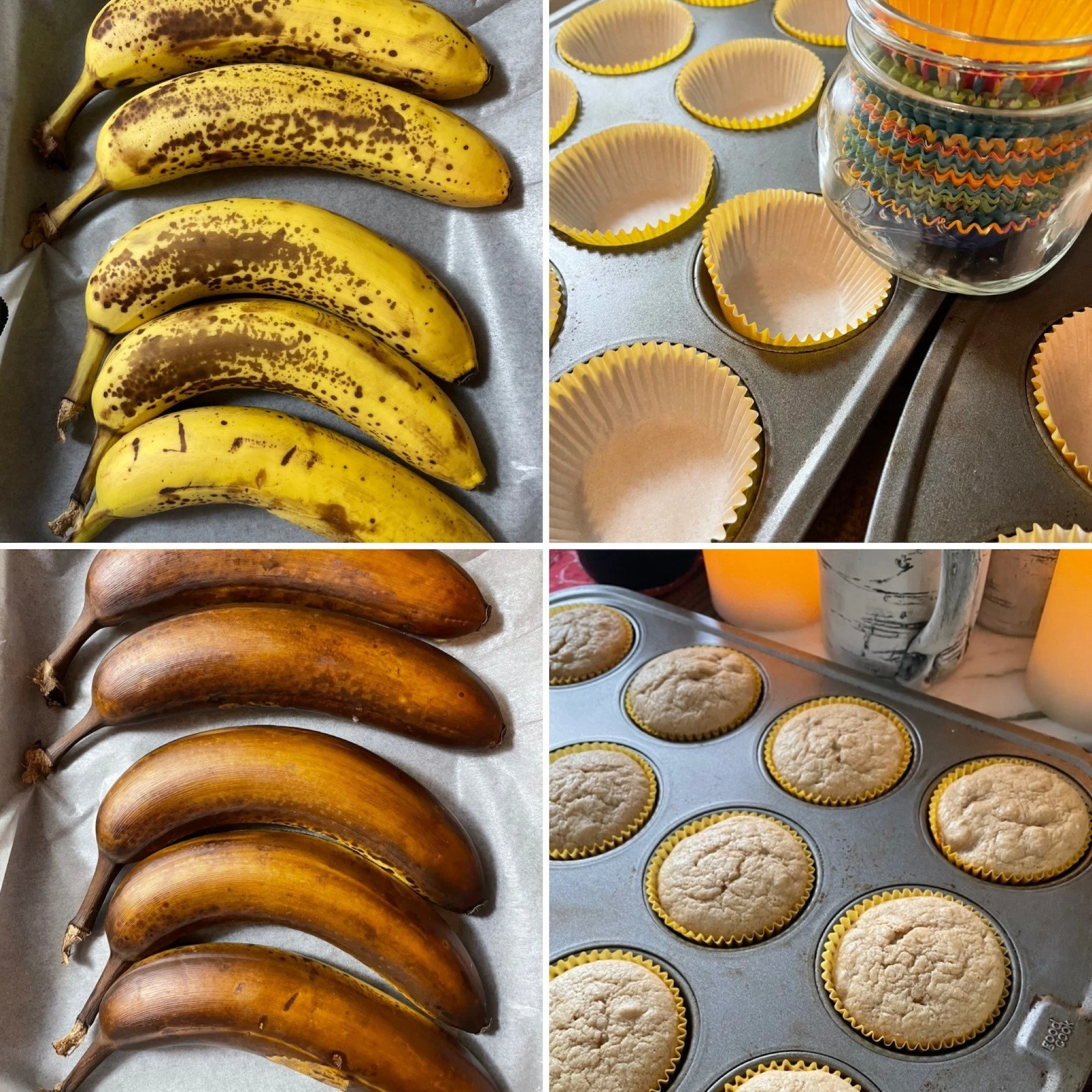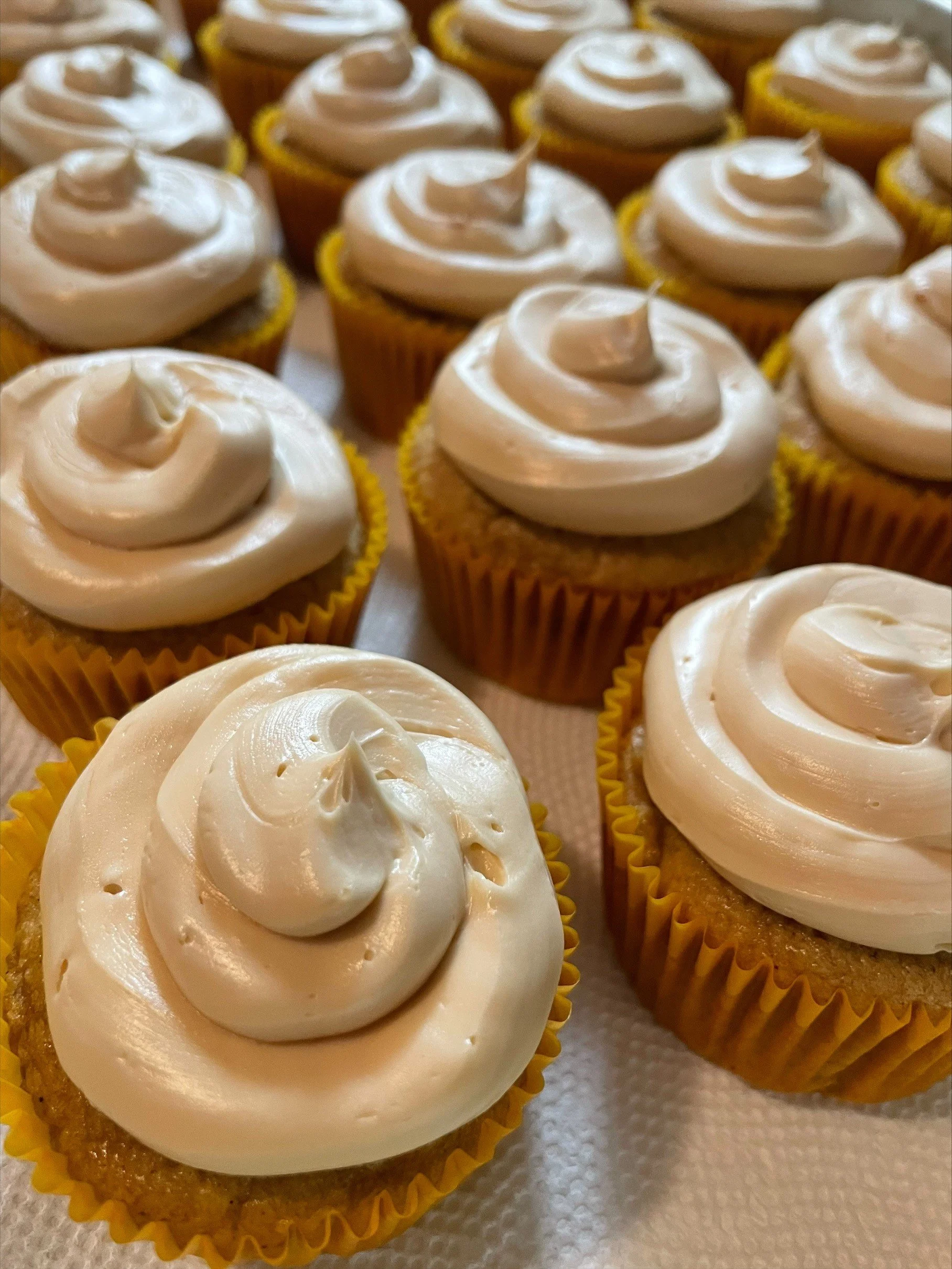Professor Butter Beard’s “Winter Sun and Shadow”
Crisply the bright snow whispered,
Crunching beneath our feet;
Behind us as we walked along the parkway,
Our shadows danced,
Fantastic shapes in vivid blue.
Across the lake the skaters
Flew to and fro,
With sharp turns weaving
A frail invisible net.
In ecstasy the earth
Drank the silver sunlight.
- Sara Teasdale, “A Winter Bluejay,” 1915.
Light sings a different color in winter. Nellie wakes me daily just as the darkness shifts in the morning sky. We head out, me bundled somewhere between the Michelin Tire Man and the mummified youngster in “A Christmas Story” and her bouncing like a frantic jack rabbit, dipping her nose into the snow and throwing a shimmer of flakes into the air. She times it perfectly. As she pulls me towards the ocean, the sky shifts from winter violet to a patchwork of silver clouds etched in pink. We both stop and catch our breath as the sky erupts with the arrival of the sun dressed in what could only be called “winter gold.”
I believe the 19th-century Impressionist painters truly understood that specific gold which combines white and silver and blue and yellow into one shade limited to winter. Robert William Vonnoh was such a painter.
Wendy Greenhouse writes, “Vonnoh has long been recognized as a pioneering figure in the development of American Impressionism. The radical coloristic brilliance and dramatic impasto of some of his early paintings distinguished him among his contemporaries and in posterity as one of the most advanced first generation of American practitioners of impressionism.”
Born in 1858 in Hartford, Connecticut, the son of a German immigrant cabinetmaker, he was raised in Boston and by the age of fourteen had decided his journey was to become an artist. He studied in Boston at the Massachusetts Normal Art School (now called the Massachusetts College of Art and Design), and then in Paris at the Académie Julian under Gustave Boulanger and Jules Joseph Lefebvre. Throughout his life, he traveled extensively between the American East Coast and France, more specifically the artists’ colony Grez-sur-Loing. While Vonnoh unfortunately never became a household name and is rarely taught in the history of art, he deserves to be remembered for his experimental style within the emerging world of American Impressionism.
“Winter Sun and Shadow,” depicting golden haystacks surrounded by pure white snow and icy blue shadows, was painted while Vonnoh was living in France at the Grez-sur-Loing colony near the forests of Fontainebleau. The composition is accessible – one-point perspective with all lines receding to the horizon just as the sky lightens into a collage of the palest blues and pinks. According to the North Carolina Museum of Art, “It is the artist’s treatment of light that makes the picture memorable: the raw brilliance of sunlight contrasted with pale, icy shadows.” The sleeping haystacks glow with a radiant warmth absorbed from the sun and capture perfectly the concept of “winter gold.”
Can that sensation transfer successfully into a culinary experience? I think so. Bananas came to mind – and cupcakes! By roasting the bananas first in a high heat, their flavor intensives into a grounded and earthy sweetness that is further enhanced with warming spices and a caramelized sugar buttercream that melts like sunshine on your tongue. Wake early. Roast the bananas while your coffee bubbles in the percolator. Then walk outside and watch the morning sky explode with “winter gold.”
Roasted Banana Cupcakes with a Caramel Buttercream Frosting
Makes two dozen cupcakes
Cupcakes:
5 medium bananas, just showing dark ripe spots
3 cups all-purpose flour
¾ tsp baking soda
¾ tsp baking powder
1 tsp fine sea salt
2 Tbsp Chinese Five Spice powder (try experimenting with other spices!)
12 Tbsp unsalted butter, room temperature
1 cup granulated sugar
¼ cup packed dark brown sugar
5 large eggs, room temperature, separated (yolks and whites)
1 tsp vanilla paste
¾ cup sour cream, room temperature
Caramel Buttercream (enough to frost two dozen cupcakes)
1 cup granulated sugar
¼ cup water
1/3 cup heavy cream
1 ½ cups unsalted butter (three sticks), room temperature
5 large egg whites
1 tsp vanilla paste
¼ tsp fine sea salt
1) Preheat your oven to 400 degrees. Place the bananas on a parchment lined sheet and roast for 15 minutes. The skins will blacken. Let cool while moving forward with the recipe. Reduce the oven to 350 degrees.
2) Line your muffin tins with paper liners – or make your own with parchment.
3) Sift together the dry ingredients – the flour, baking soda, baking powder, salt and spice (I use Chinese Five Spice, but try ginger, cinnamon, a dash of chili powder, etc.)
4) In a standing mixer, whip the five egg whites with the whisk to a stiff peak. Spoon the whipped whites into another bowl and return the bowl to the mixer.
5) Cream together the butter and sugars in the standing mixer with the paddle until light and fluffy. Add the egg yolks, one at a time. Once incorporated, add the bananas (peeled, of course) and then the vanilla paste.
6) Alternate adding the dry mix and the sour cream. One-third of the dry, half the sour cream, another third of the dry, remaining sour cream, remaining dry.
7) Gently fold in the whipped egg whites. Start with one-third of the whites to lighten the batter, then fold in the remaining until no white streaks remain.
8) Divide the batter to make the 24 muffins. Bake for 18-20 minutes until just firm to the touch. Let cool completely while you make the buttercream.
9) For the buttercream: Combine ½ cup of the sugar and the water in a small heavy-bottomed saucepan and heat and stir over a medium heat until the sugar is dissolved. Stop stirring and let the mixture come to a boil and caramelize to a deep amber. Immediately remove from the heat and add the heavy cream all at once, whisking together. The mixture will bubble up – be prepared! Set aside to cool to room temperature.
10) In the bowl of a standing mixer, combine the egg whites and the remaining ½ cup sugar. Place the bowl over a simmering pan of water (don’t let the pan touch the water) and stir the mixture until the sugar completely dissolves.
11) Return the bowl to the mixer and using the whisk, whip the whites to a stiff peak and the bowl no longer feels warm to the touch. This could take between 8-10 minutes. Add the room temperature butter, one tablespoon as a time. The mixture will break and then magically come back together into a silky buttercream. Once this happens, lower the speed to the lowest power and fold in the cooled caramel, ¼ tsp of fine sea salt and vanilla paste. The frosting is now ready to top your cooled cakes.



